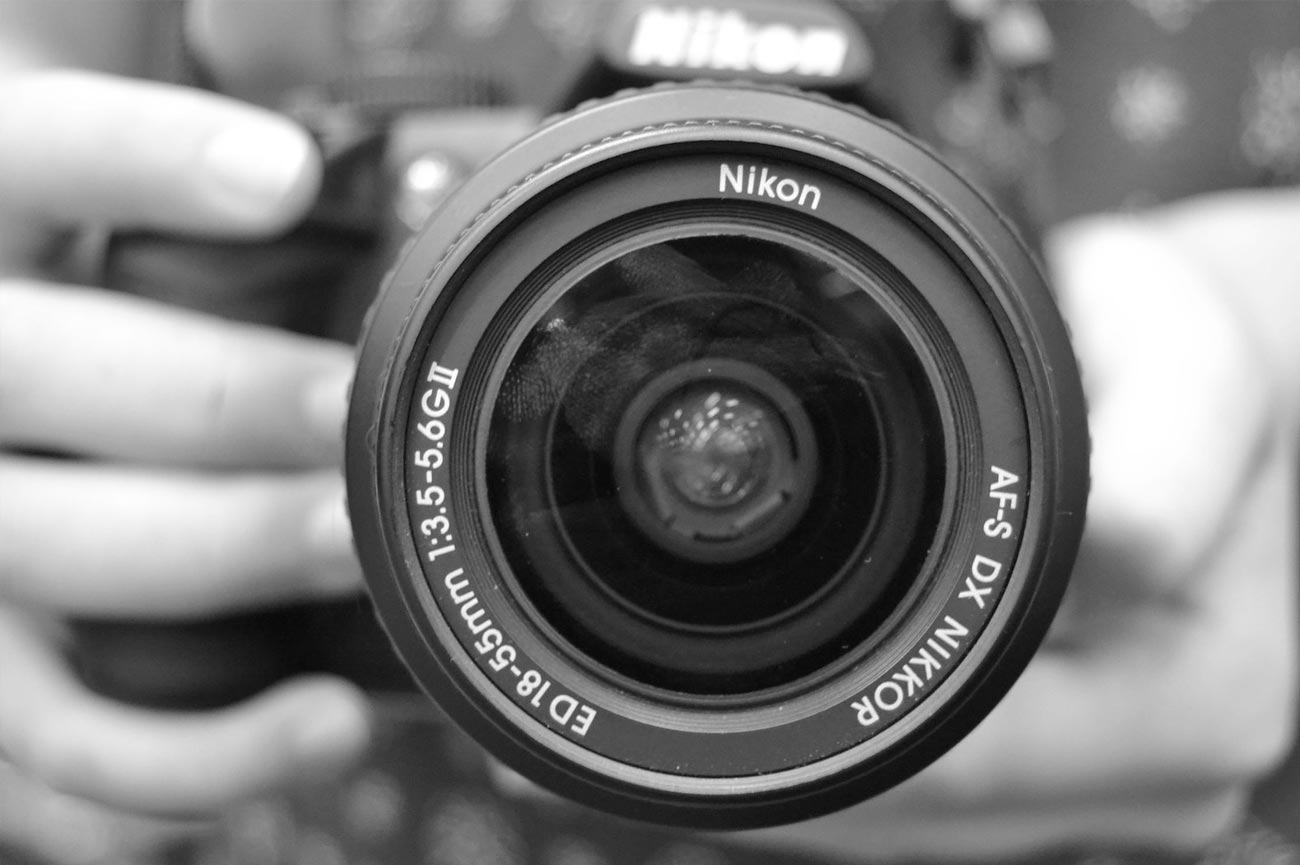Using the Aperture and Shutter Speed to Achieve Quality Film Exposure

Photo by marielinden4. Licensed under CC BY 2.0
Exposure in film photography is defined as the quantity of light that is allowed through the camera lens and onto the photo film controlled by the intensity of light (through the aperture) and length of time (determined by the shutter speed). For correct exposure in a film camera, whether 35mm, medium format, or large format, it is essential that you correctly set both the shutter speed and aperture. Film speed will also play a role in determining the correct exposure.
Obtaining the Correct Film Exposure
Technically speaking, the correct film exposure does not exist as different photographers will have a different idea of what is properly exposed and what is not. See the example below for three different exposures of the same site. Depending on whether you want to see all the detail or darken it for night will determine the right exposure for you. However, the way in which you get any exposure remains the same.

Light Metering
Most modern 35mm single-lens reflex (SLR) film cameras have through-the-lens (TTL) meters that intake the amount of light available to help you determine the best exposure. These types of light meters are called Reflective Meters as they measure the light bouncing off your subject and into the camera lens. For beginners using a camera without a light meter, it is highly suggested that you purchase a handheld meter to use. Handheld meters can be Reflective or take Incident Light Readings. Incident readings put the light meter directly in the light of the subject to capture one light source instead of an overall average.
While successful, light meters often are very flawed in areas of great contrast. Because contrasting images may contain white areas, mid-gray areas, and black areas, the light meter is forced to take an average reading of average gray. This is of prime importance, especially in beach or winter photography, as the bright areas will be measured as mid-gray. A system was developed to compensate for the mid-gray exposure by exposing for the darker shadow areas. See zone system for more information about this.
Film Exposure without Light Meters
The /Sunny 16 Rule can be used when a light meter is not available. Instead of wasting film trying to guess your exposure, you can use this rule. On a sunny day with no clouds overhead, set your aperture to f/16. Your shutter speed is then set to the ISO film speed of the film you’re using. This will leave you with a nice, even exposure.
It is rare that your shutter speed will match the ISO film speed perfect. For instance, there is no shutter speed 100 for 100 ISO film. The Sunny 16 rule then dictates to use the next highest shutter speed above the ISO film speed. So for speed 100 you would use shutter speed 1/125. It’s much easier to remember shutter speed equals ISO film speed, but always remember the shutter speed will likely not match.
On a perfect, clear, sunny day, f/16 is to be used. Days that aren’t clear and sunny can still use the Sunny 16 rule with some minor changes. Extremely bright days with distinct shadows use f/22. Hazy sun and soft shadows use f/11, cloudy days with barely visible shadows use f/8, and overcast days with no shadows use f/5.6. The same shutter speed rule applies. In our example of using ISO film speed 100, the shutter speed will always be 1/125, regardless of the aperture used. Read more about this in the Sunny 16 page.

















